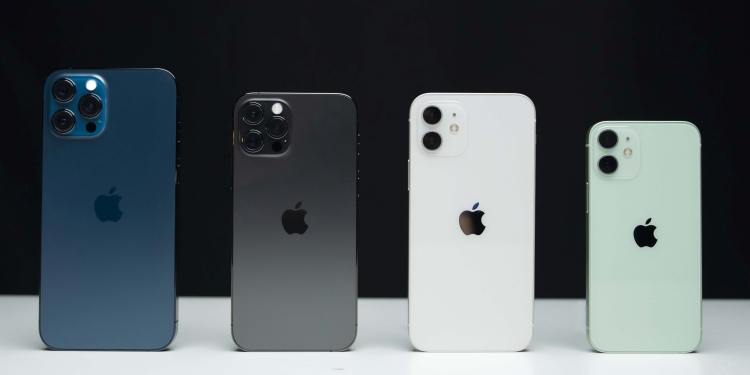The iPhone 13 is not even out yet, but there’s already a report about how the iPhone 14 will be getting new titanium alloy construction. This will be the first time titanium would be used on an iPhone.
According to a JP Morgan Chase investor note seen by MacRumors, the high-end models of the iPhone 14 will get a new titanium alloy chassis design. The use of titanium alloy will be “one of the biggest changes to the case design” for the iPhone series, and Foxconn will be the exclusive manufacturer of the titanium frames.
For the iPhone X, XS, 11 Pro and 12 Pro series, Apple has been using stainless steel alloy. The frames for other models like the iPhone 11, the iPhone 12 and iPhone 12 mini are made of aluminium.
While the use of titanium is new for an iPhone lineup, it isn’t the first for an Apple device. Titanium is available on select Apple Watch Series 6 devices, which is arguably the best Apple Watch in the market.
Titanium is considered one of the strongest metals in the world. It is more resistant to scratches, and its stiffness makes it durable enough to withstand bending. Titanium is also 45% lighter than steel, and is more resistant to corrosion compared to other alloys.
However, there are some drawbacks to the material. Oil from fingerprints can be readily seen on titanium alloy surfaces, so it may leave unattractive marks on the devices. Titanium is also generally more expensive than other types of metals, due largely to its rarity.
To fix those issues, there have been some recent patent filings that reveal that Apple is looking into the use of thin oxide coatings for metal surfaces—which can “significantly reduce the appearance of fingerprints on devices”. The company has also outlined a process that can give titanium a “high-gloss surface finish” to make them look better.
The same report also mentions that Touch ID could be returning to the iPhone in some form. But they didn’t specify if Touch ID will be back for iPhone 13 or 14. Other rumours also suggest at least some iPhone 13 models “will no longer have a notch” and instead will be adopting a punch-hole design previously been used for some Android devices.








